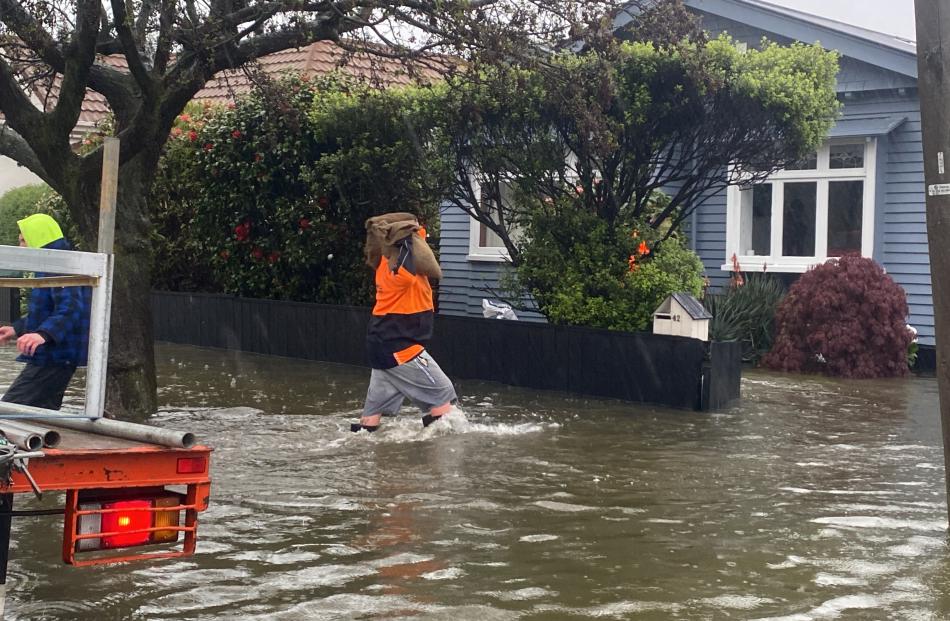
It was also a very wet season for Southland and Otago.
"Several locations in the southern South Island received more than double their usual spring rainfall," Niwa (the National Institute of Water and Atmospheric Research) noted in its summary.
It was the wettest spring on record in Dunedin, Invercargill, Oamaru and Gore.
However, it was very dry for the eastern North Island, where rain was below normal in much of Northland, Coromandel, Bay of Plenty and the East Coast.

Spring was also the seventh warmest on record for New Zealand, and 20 locations saw record or near-high record temperatures for spring.
The highest temperature was 32.1C, observed at Bromley in Christchurch on November 28, while the lowest was -7.8C at Lake Tekapo on September 17.
The nationwide average temperature for spring was 12.9C, which is 0.8C above the 1991-2020 average.
Kaitaia, Kawerau and Paraparaumu all saw their warmest mean air temperatures on record, Niwa said.
Of the six main centres, Auckland was the warmest, Dunedin was the coolest and wettest, Tauranga was the sunniest, Christchurch was the driest, and Wellington was the least sunny.















